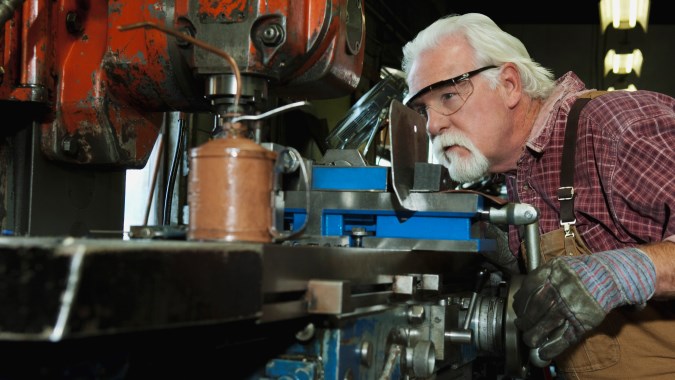Common Hearing Aid Repairs

Your hearing aids may be tiny and seem simple, but they are incredible, intricate tools that need to be well maintained to ensure the best sound quality and longest life possible. If your hearing aid isn’t working, read on to learn how to troubleshoot (and possibly restore!) the hearing aid, before you call your audiologist.
Principle One: Every hearing aid has a microphone and a speaker.
Grab your glasses, find an excellent light source, and take a close look at the microphone ports/ holes. Are they dirty? A soft child’s toothbrush or your trusty cleaning tool should knock the debris right off. Resist the urge to dig in the microphone port. This type of cleaning usually removes a little debris and pushes the remainder deeper into the port.
If your hearing aid has a tube that runs over the top of your ear into an earmold, the speaker is in the hearing aid and can’t be accessed. In this case, look for signs of moisture such as condensation or a droplet. The presence of moisture will significantly reduce the performance of the hearing aid.
If your hearing aid has a wire, the speaker is the part that nestles in your ear canal. Your hearing aid speaker should be protected by both a dome AND a filter or wax trap. Again, grab those spectacles, find a good light source and peek at the end of the speaker wire (the part that goes in your ear). Is it caked with ear wax? The best solution would be to replace both the dome and the wax trap. There is no effective way to clean a wax trap and they are meant to be replaced. Your hearing care provide is always happy to make sure you have as many as you need.
Principle Two: Every hearing aid needs a reliable power source.
If you haven’t already done so, change the battery. A ‘dud’ isn’t all that uncommon. If the hearing aid doesn’t work once you have changed the battery, don’t bother trying another. Bad batteries aren’t THAT common. If you wear two hearing aids, trade the batteries between the hearing aids; if the hearing aid still doesn’t work, you can be confident the battery is NOT the problem.
Principle Three: Exposure to excessive moisture is the number one killer of hearing aids.
Alright, maybe this point was a little over-the-top, but that doesn’t make it any less true. Take off your hearing aid every night and store it in a dry area. Avoid using the hearing aid while working or playing in very moist/damp conditions. Ask your hearing provider for a desiccant jar or an electronic dryer if moisture-related repair problems keep cropping up. The desiccant jars run about $15-$20 and the electronic dryers (an excellent investment!) usually cost between $70-$120
Principal Four: Your audiologist wants to see your hearing aids from time to time.
She probably wants to see you too! However, it is important to make sure your audiologist or her trusted aid/tech has the opportunity to clean and check your hearing aids at least 3 times per year. A little preventative maintenance is always a good thing!

